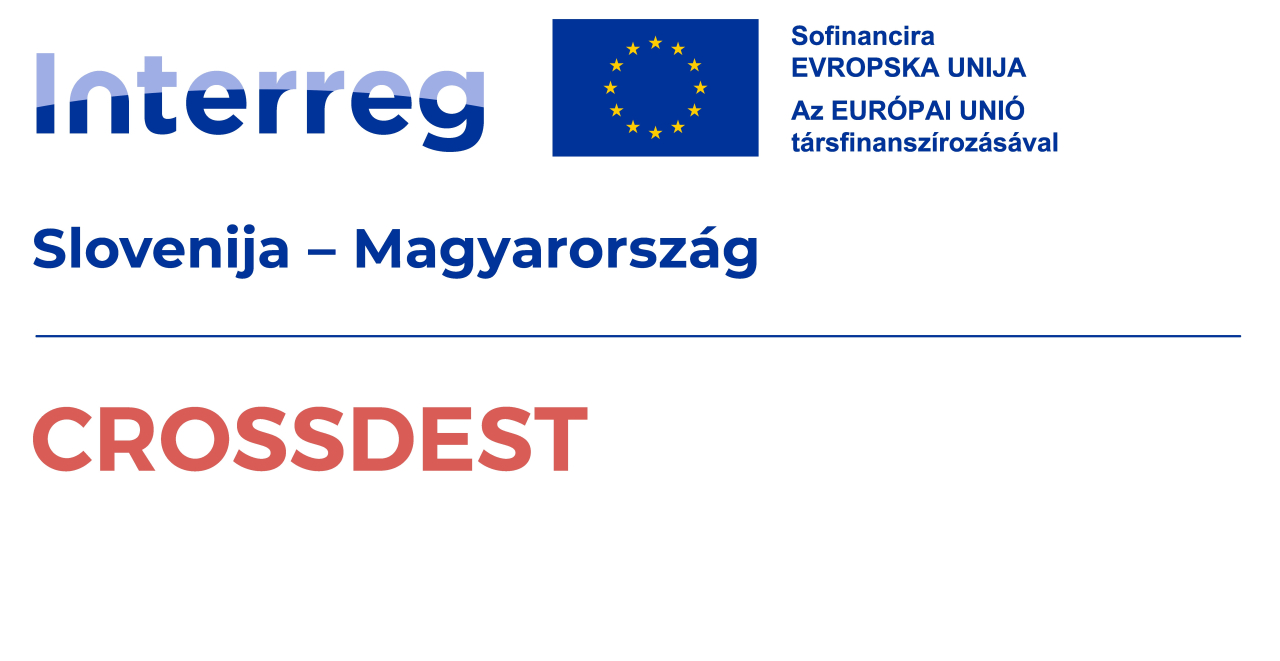

Sacred Wonders and Sustainable Experiences – 5 European Marian Shrines Everyone Should Visit
Marian shrines have been centres of faith, culture, and community identity for centuries. In modern times, however, they are not solely about religious experiences: increasingly, these sites are becoming highlights of holiday and excursion itineraries. Many of these locations also set an example in sustainability – whether it’s environmental protection, energy efficiency, or community involvement.
Seville – Basilica of Macarena (Spain)
Seville is one of Spain’s frontrunners in sustainable tourism: the city has been awarded the title of European Capital of Smart Tourism, managing visitor flows with advanced data-driven systems and actively promoting eco-friendly transport – through the development of tram networks, community bike schemes, and green parks. Additionally, it regularly hosts international sustainable tourism conferences, reinforcing its role in Europe’s green transition.
The story and miracles of the Marian statue:
The statue of “La Virgen de la Esperanza Macarena” – Our Lady of Hope – was created in the 17th century, though its exact creator is debated, with Juan de Mesa most often credited. The statue is remarkable for its life-size depiction of the Sorrowful Virgin Mary, portrayed with extraordinary emotional expressiveness. Her face is adorned with glass tears, which, according to legend, have appeared spontaneously on several occasions – revered by the faithful as a miraculous weeping.
The statue is surrounded by numerous stories:
-
During the Spanish Civil War, the city’s residents believed that the Virgin’s intercession spared Seville from greater destruction.
-
Many accounts suggest that prayers offered before the statue have led to unexpected healings, reconciliations, or solutions to seemingly hopeless situations.
-
Locals have particularly turned to the Macarena during difficult times – such as pandemics or economic crises – referring to her as “Seville’s Mother.”
The statue’s adornments are also special: the Virgin wears a golden crown and a richly embroidered mantle, often created from donations and gifts of gratitude from the faithful.

The Basilica of Macarena is one of Seville’s most significant religious centres. The local brotherhood (Hermandad de la Macarena) maintains the sanctuary, which hosts the most prominent events of Seville’s Holy Week (Semana Santa) each year.
Sustainability:
The basilica and its surroundings employ energy-efficient solutions, including modern lighting and climate control. During Holy Week, when hundreds of thousands visit, Seville introduces special public transport routes to reduce car traffic. The Macarena brotherhood also organises social programmes to support the poor and needy – setting an example in the social dimension of sustainability as well.
Csíksomlyó (Székely Land, Romania)
Csíksomlyó is not only the heart of religious tourism but also an integral part of the cultural and community life of Miercurea Ciuc. During the Pentecost pilgrimage, hundreds of thousands gather here, but the region offers a rich array of tourist attractions year-round: hiking, local gastronomy – such as the authentic flavours of Székely cuisine – and traditional events await visitors. Miercurea Ciuc increasingly focuses on sustainability: by improving public transport and promoting local products, it aims to reduce the ecological footprint of tourism. Thus, alongside religious and cultural experiences, the city and its surroundings are an appealing destination for responsible travellers.
The history of the shrine:
The Franciscan monastery and pilgrimage church of Csíksomlyó were built in the 15th century and became an important pilgrimage site even then: local believers regularly made pilgrimages here to honour Our Lady of Help. The site gained special significance in 1567 when John Sigismund, Prince of Transylvania, sought to promote the Protestant faith and sent troops to suppress the Catholic Székelys. However, the Székelys gathered in the hills of Csíksomlyó, sought the Virgin’s protection, and defeated the prince’s army. Believers attributed the victory to Mary’s intercession and vowed to return to the shrine every Pentecost in gratitude. This marked the origin of the Csíksomlyó pilgrimage, which remains the largest Hungarian-language pilgrimage in the Carpathian Basin.
The story of the Marian statue:
The late Gothic “Our Lady of Help of Csíksomlyó” statue in the church was created in the early 16th century, standing over two metres tall, making it one of Europe’s largest devotional statues. Believers consider it miraculous: the statue is associated with healings, answered prayers, and the historical survival of the Székely community.

Sustainability:
During the Pentecost pilgrimage, when hundreds of thousands of pilgrims arrive, organisers place great emphasis on sustainability: waste collection points are set up, public transport use is encouraged, and numerous local volunteers are involved in the event’s organisation. Thus, alongside spiritual traditions, environmental protection and community responsibility also take centre stage.
Máriaradna (Banat, Romania)
Máriaradna, located in the Maros Valley, is one of Transylvania’s most important Marian shrines, attracting pilgrims and cultural enthusiasts for centuries. The Baroque pilgrimage church and Franciscan monastery are not only sacred centres but also architectural treasures. Visitors can enjoy religious experiences while exploring the natural beauty of the Maros region and its local gastronomy. Recent renovations have incorporated energy-efficient solutions and local community collaboration, strengthening sustainable tourism, preserving the heritage of the past while embracing a responsible vision for the future.
The history of the shrine:
Since the 17th century, local Catholics have come to Máriaradna to pray, and the Franciscans soon established a monastery here. In the 18th century, with the support of Maria Theresa, a grand Baroque church was built, becoming one of the most important religious centres in the Banat region. Over the years, the shrine faced threats from wars but was always rebuilt by the faithful.
The story of the Marian image:
The origins of the pilgrimages trace back to a 17th-century Marian image that miraculously survived a Turkish attack. According to tradition, the church was set on fire, but the sacred image remained unharmed amidst the flames. This miracle initiated the Marian devotion at Máriaradna, and for centuries, believers have sought comfort, healing, and intercession before the image.

Historical background:
Máriaradna’s significance grew further in the 18th century when the Habsburg rulers supported the reorganisation of Catholicism in the Banat after the Ottoman occupation. The church and monastery became not only religious centres but also played cultural and educational roles in the region.
Sustainability:
Recent renovations have introduced energy-efficient systems, and the operation of the church and monastery now prioritises reducing environmental impact. Pilgrimages are consciously organised: local service providers ensure the needs of visitors, strengthening the region’s economy and the community’s self-sufficiency.
Marija Bistrica (Croatia)
Croatia’s national shrine, home to the famous Black Madonna statue and its surrounding basilica, has been a cornerstone of Croatian Catholic identity for centuries. Alongside religious experiences, the picturesque Zagorje landscape, local wines and gastronomy, and traditional crafts make the town an attractive destination.
The history of the shrine:
Since the 16th century, Marija Bistrica has played a central role in Croatian Catholicism. During the Ottoman occupation, it became a symbol of faith and identity preservation. In the 19th–20th centuries, the shrine gained national significance, with numerous Croatian bishops and even Pope John Paul II visiting.
The story of the Marian statue:
The famous Black Madonna statue was created in the 15th century. During the Ottoman threat, the parish priest hid it to save it from destruction, but according to tradition, the statue miraculously reappeared several times. This “returning” miracle made the shrine one of the holiest places for the Croatian people. Over the centuries, many answered prayers and healings have been attributed to the statue, and the faithful surround it with votive plaques and gifts of gratitude to this day.
Historical background:
In 1923, Pope Pius XI declared Marija Bistrica a national shrine, recognising its national importance. In 1984, Pope John Paul II visited the shrine, reaffirming the cult of the Marian statue, which remains a central element of Croatia’s spiritual life.

Sustainability:
The organisation of pilgrimages places great emphasis on involving the local community: pilgrims stay in family-run guesthouses, enjoy local cuisine, and purchase handmade products. The local government also supports eco-friendly transport solutions, such as developing cycling paths and introducing community buses during major pilgrimages to reduce car traffic.
Mátraverebély-Szentkút (Hungary)
Szentkút is Hungary’s national shrine and part of the Novohrad–Nógrád UNESCO Global Geopark. The area’s unique geological heritage – karst springs, rock formations, and nature trails – hosts numerous geotourism programmes, making the site appealing for both spiritual experiences and eco-tourism. The shrine’s pilgrim restaurant offers GEOfood-certified dishes, prepared from local ingredients, combining religious and culinary experiences with sustainable tourism.
What legends surround the pilgrimage site?
Several legends exist about the origin of the Szentkút spring:
-
The shepherd boy’s vision: According to tradition, in the 12th century, the Virgin Mary appeared to a shepherd boy, and a spring emerged where her foot touched the ground. The water has been associated with numerous healings and miracles, giving the shrine its name.
-
The Saint Ladislaus legend: Another tradition tells of King Saint Ladislaus, who, while fleeing from the Cumans in the forests of the Mátra, struck a rock with his sword when he became thirsty, and a spring gushed forth. This spring became the centre of the pilgrimage, believed to have healing powers ever since.

The Marian statue and miracles:
The shrine’s central treasure is an 18th-century Baroque Marian statue, associated with numerous miraculous healings and answered prayers. Pilgrims recount stories of the Virgin Mary’s intercession leading to the recovery of the sick, reconciliation of families, and even the resolution of seemingly hopeless situations. The statue has become one of the strongest symbols of faith in the Palóc region.
The statue is unique as it is a “dressing Madonna,” meaning its garments can be changed. The tradition of making these garments continues to this day: Palóc women sew and embroider the ornate outfits, tailored to specific feasts, pilgrimages, or liturgical seasons. This practice represents a unique blend of folk religiosity and local craftsmanship, embodying the community’s faith and identity. The dressing tradition is not only a religious but also a cultural heritage, passed down through generations.
Sustainability:
Thanks to recent developments, the shrine places significant emphasis on environmental and social sustainability: it uses renewable energy, implements water-saving solutions, and provides an accessible environment for pilgrims. Through the GEOfood programme, local farmers’ products are served, supporting the region’s economy. Geotourism programmes, nature trails, and conservation initiatives enhance the spiritual and ecological dimensions of the pilgrimage.
More News
All-
3 Mins

Read -
7 Mins

Read -
7 Mins
Read -
5 Mins
Read -
6 Mins

Read -
6 Mins

Read -
3 Mins

Read -
3 Mins

Read -
5 Mins

Read -
6 Mins

Read -
4 Mins

Read -
5 Mins
Read -
4 Mins

Read -
6 Mins
Read -
7 Mins

Read -
5 Mins

Read -
4 Mins
Read -
4 Mins

Read -
4 Mins

Read -
4 Mins

Read -
6 Mins

Read -
3 Mins

Read -
1 Mins

Read -
2 Mins
Read -
2 Mins

Read -
3 Mins

Read -
3 Mins

Read


